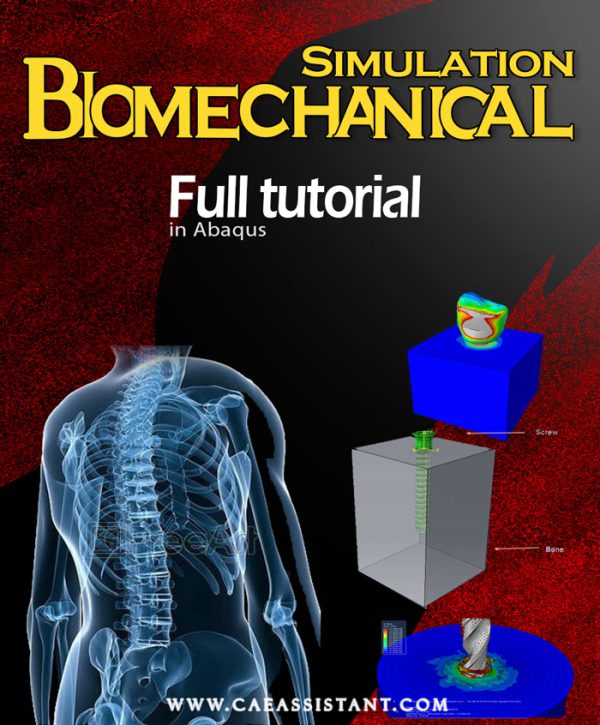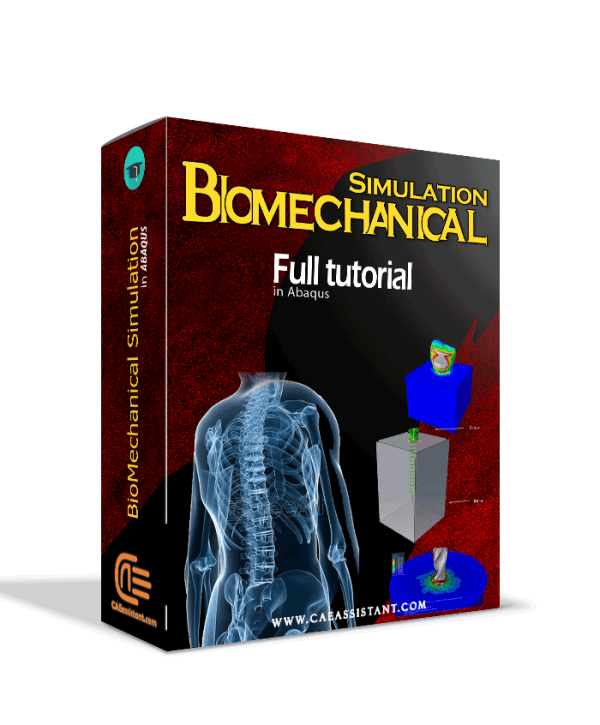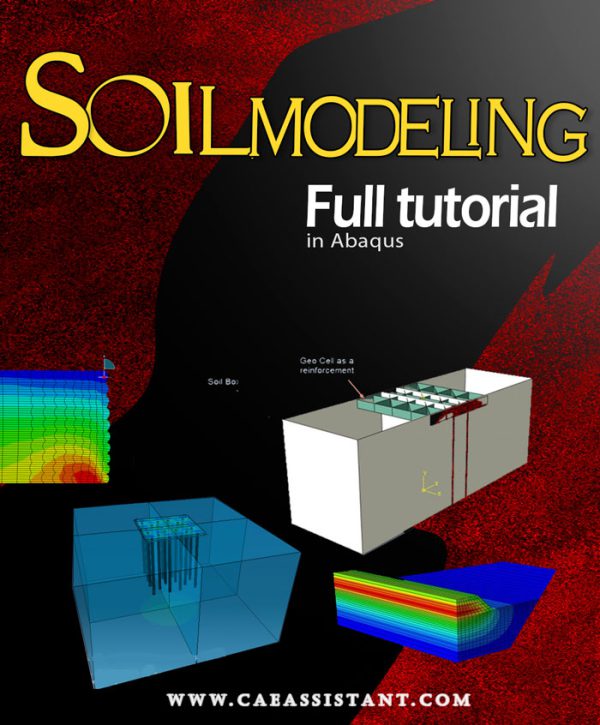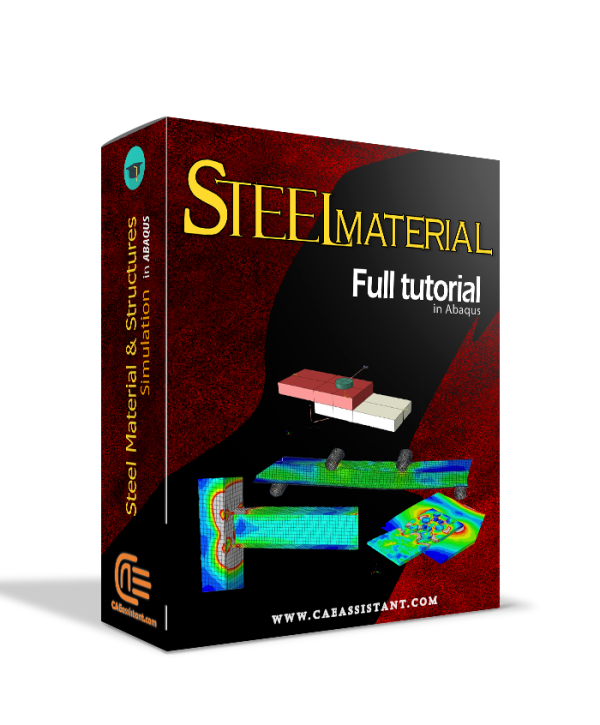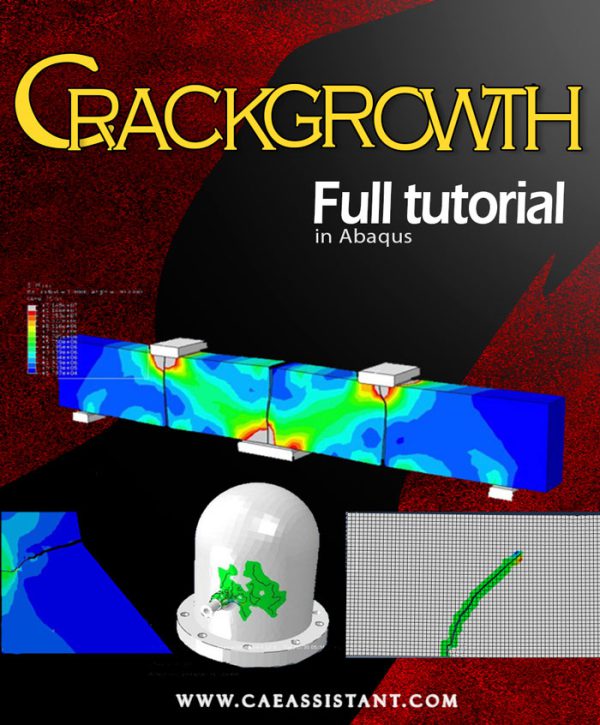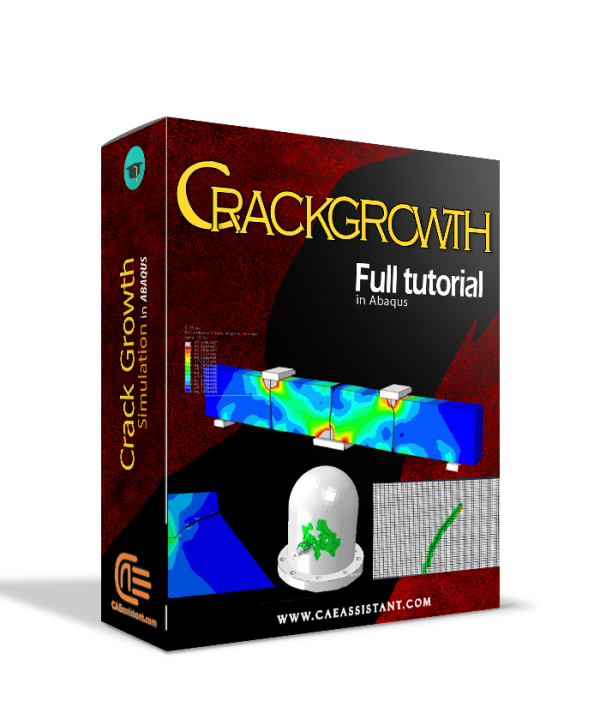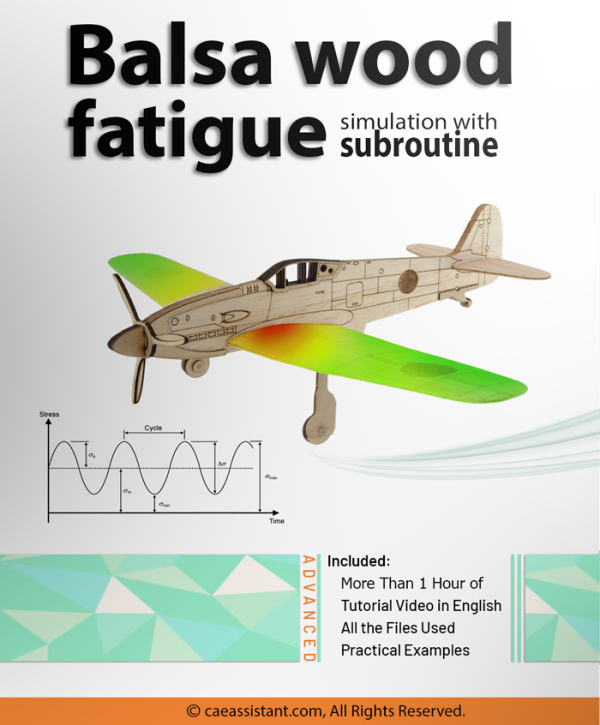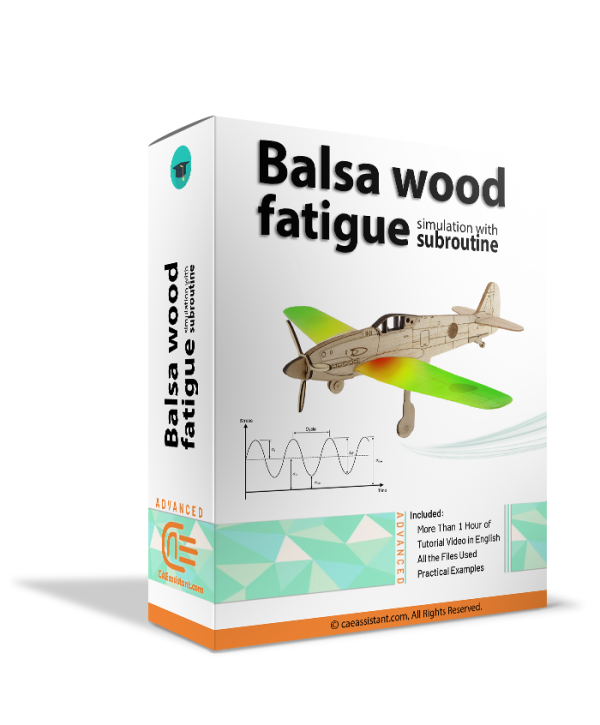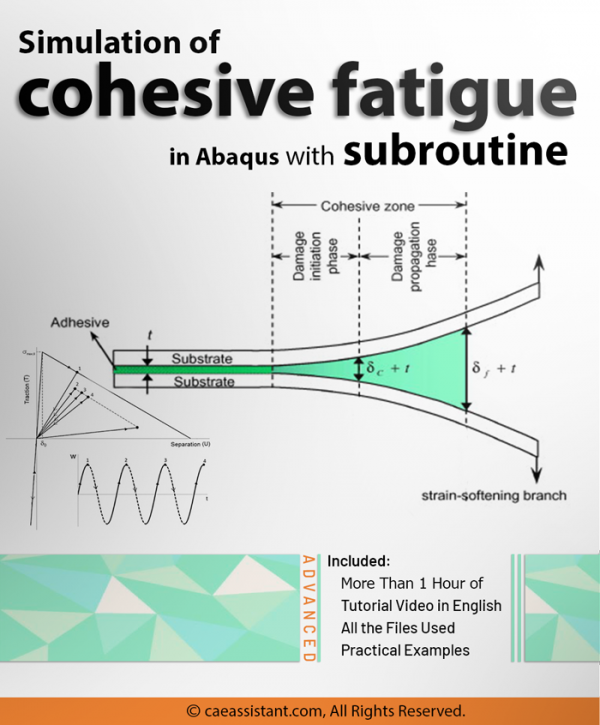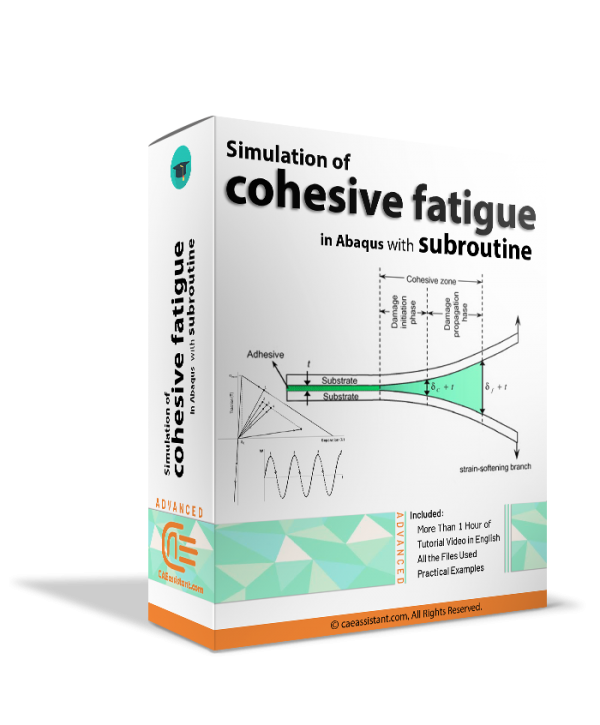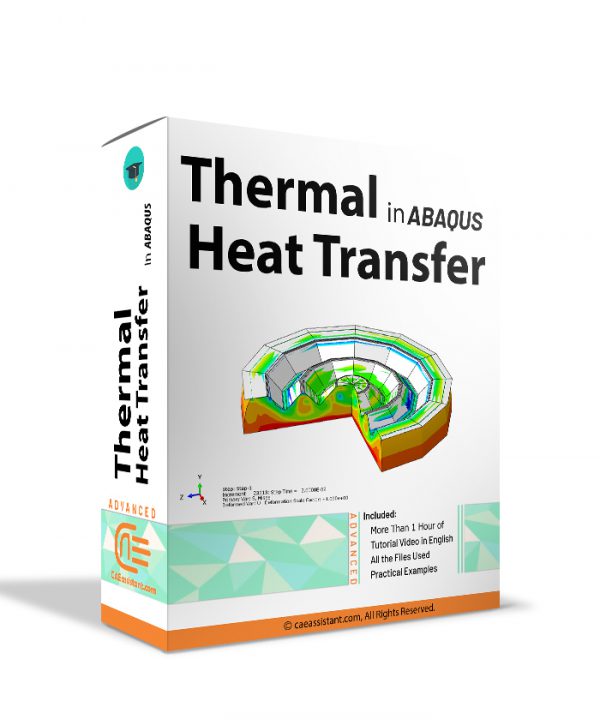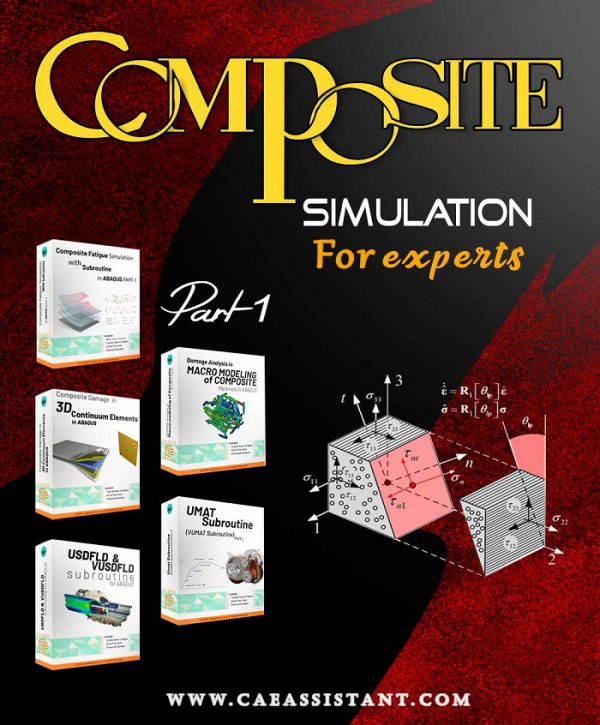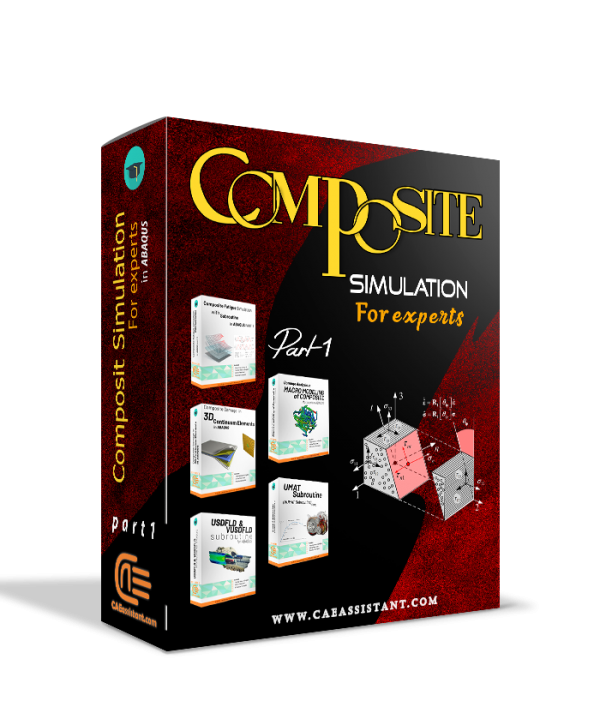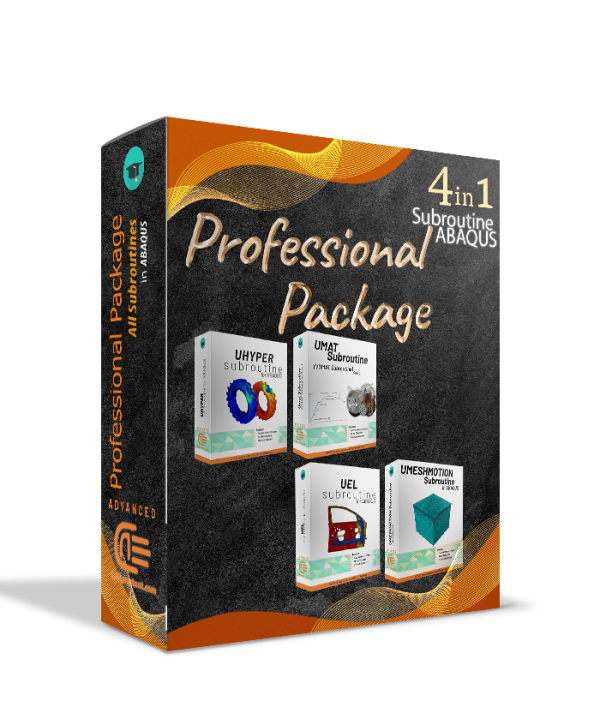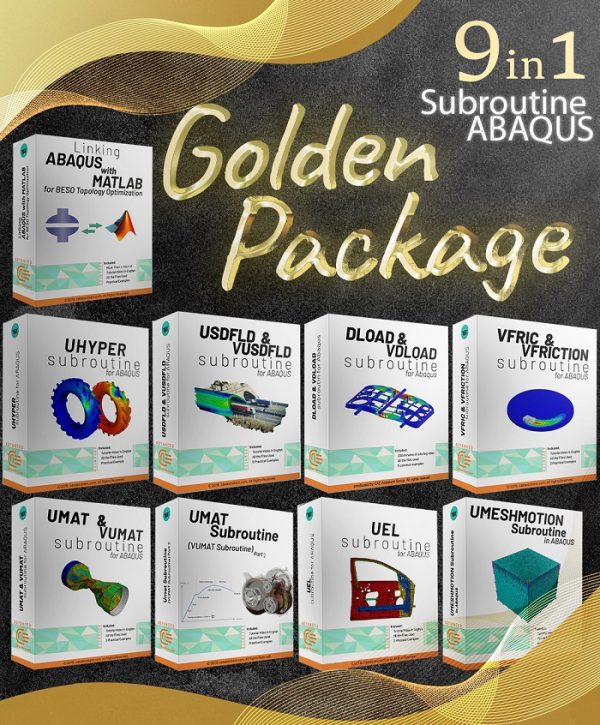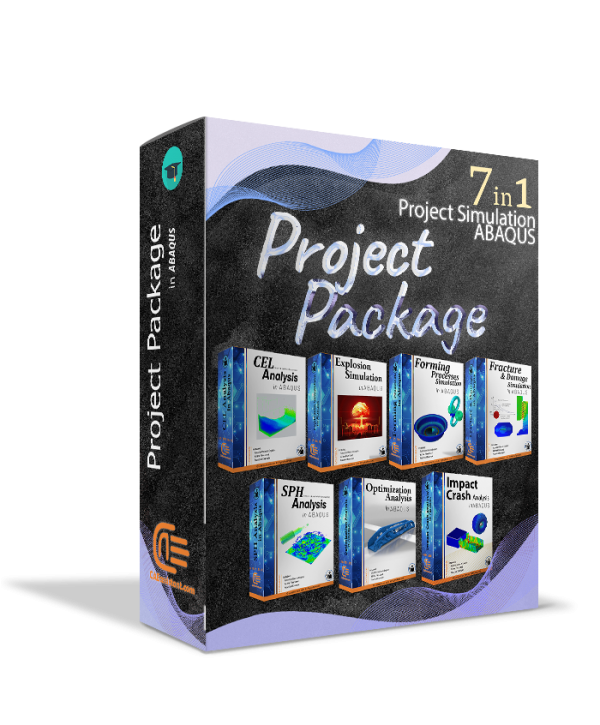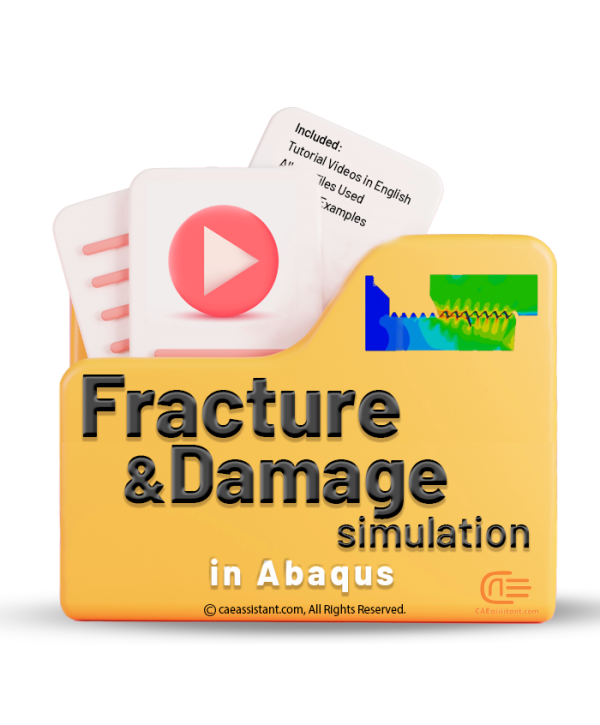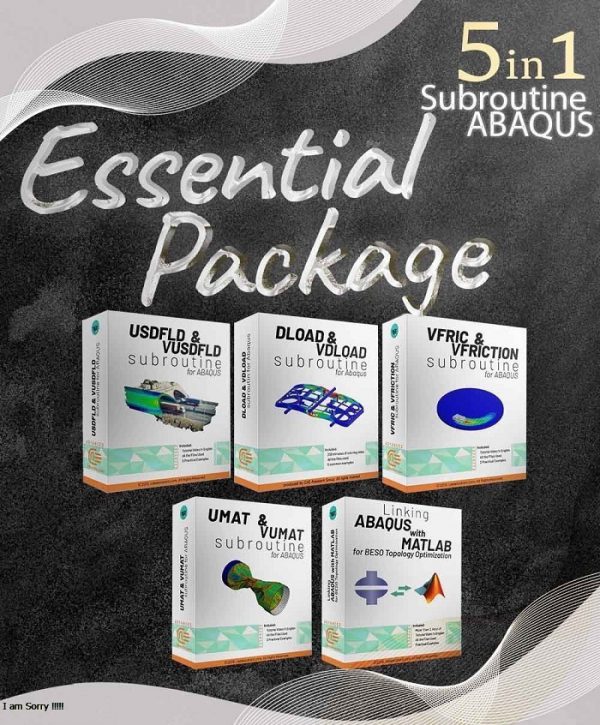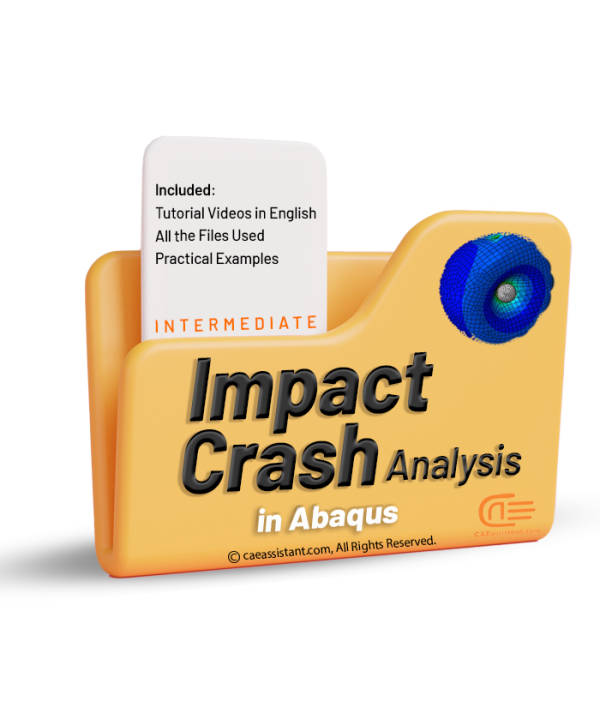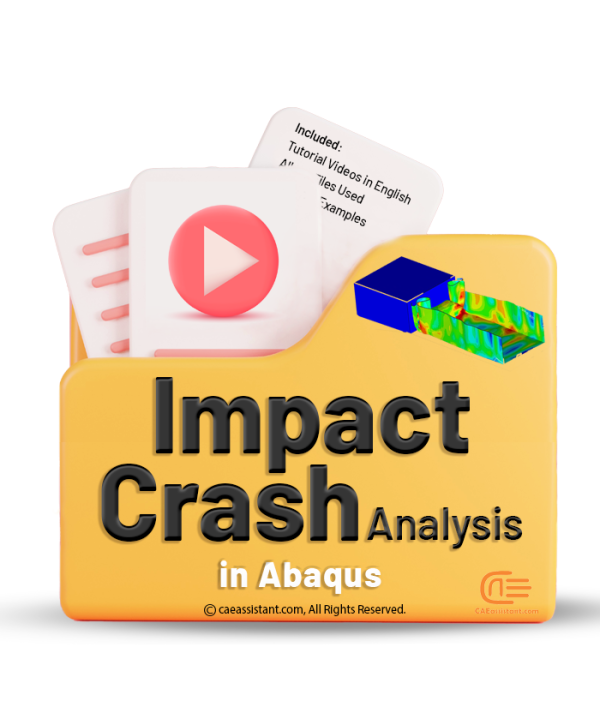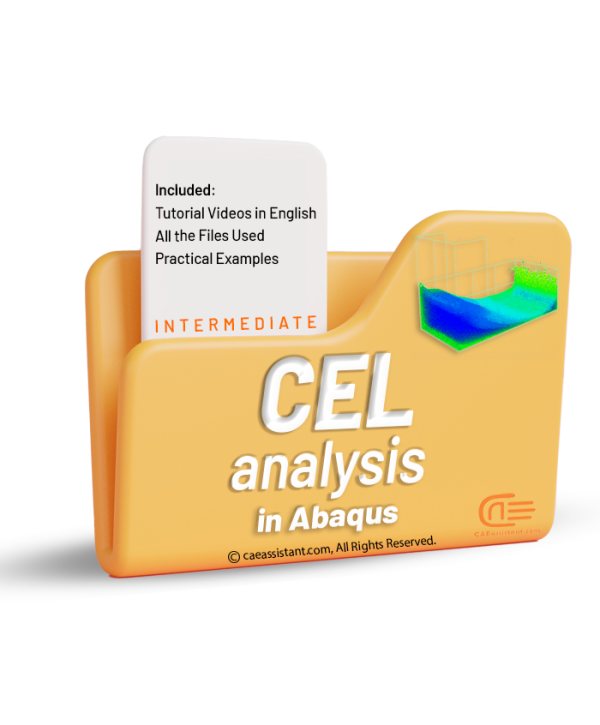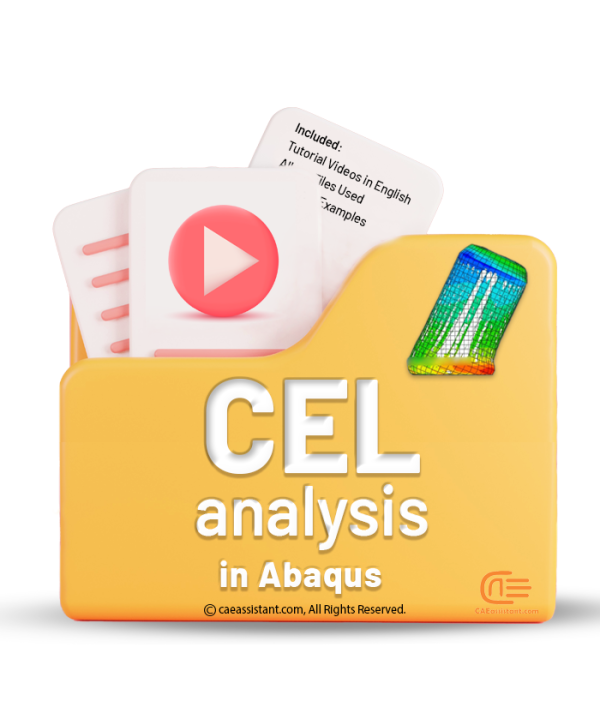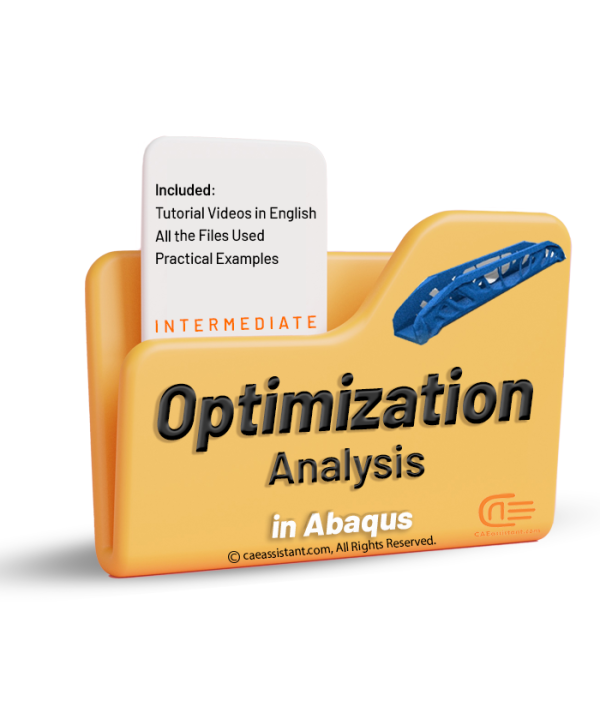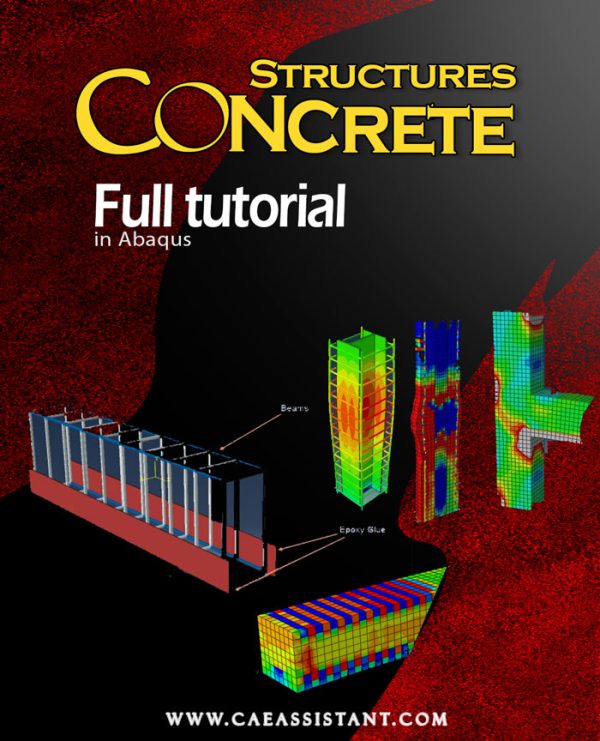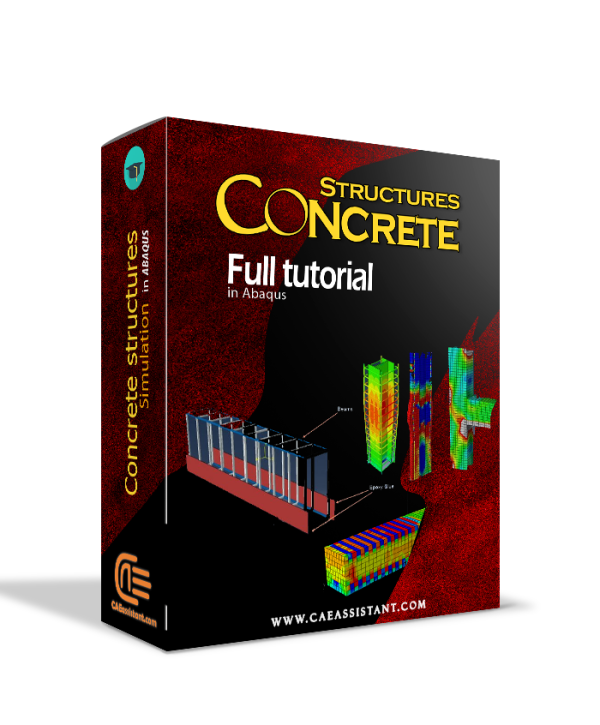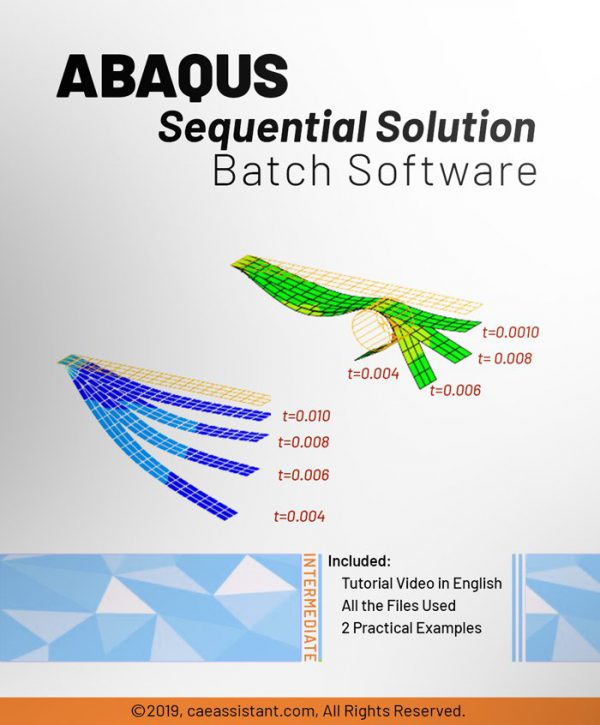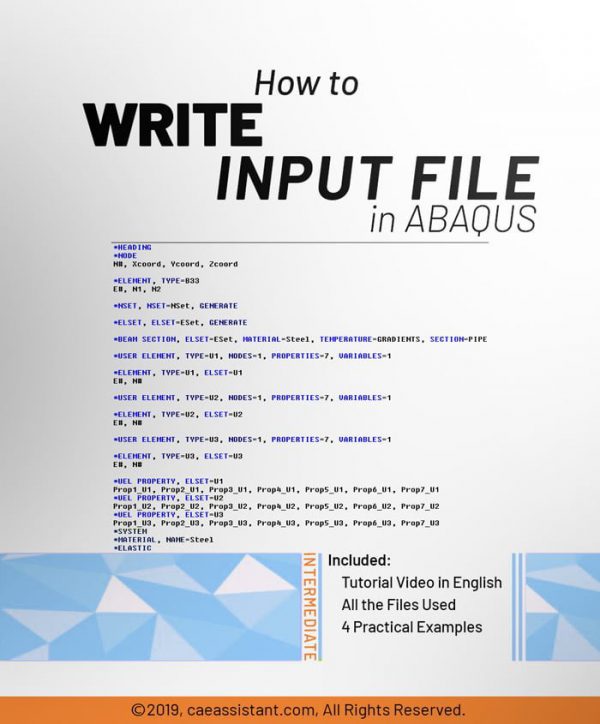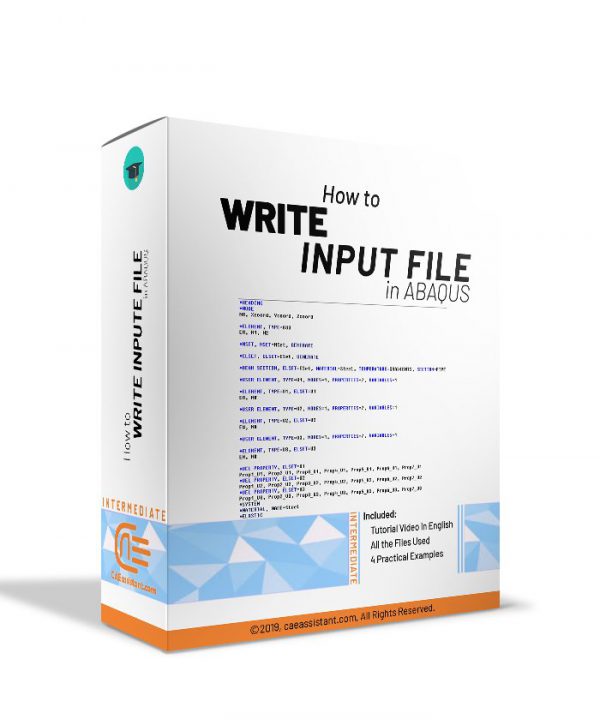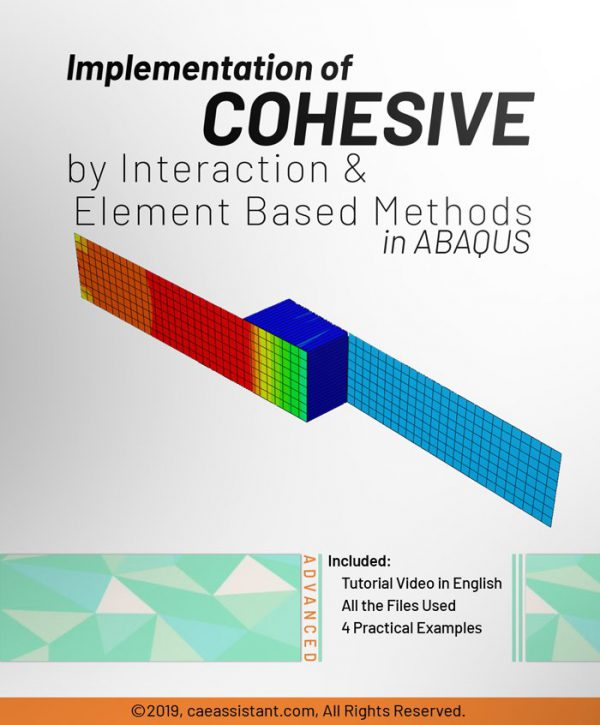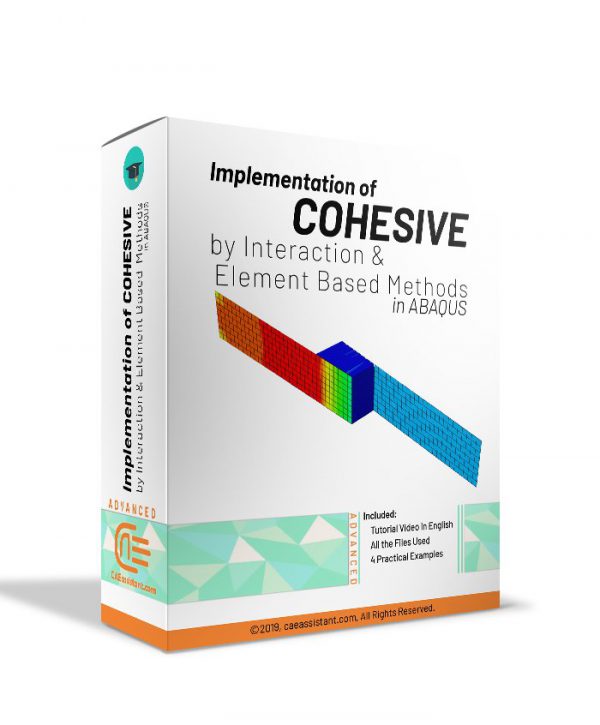Intermediate
Bio-Mechanical Abaqus simulation Full package
Abaqus Soil Modeling Full Tutorial
All facets of soil modelling and simulation are covered in this full tutorial. The package includes twenty titles on topics such as soil, saturated soil, TBM, earthquake, tunnel, excavation, embankment construction, geocell reinforced soil, geosynthetic-reinforced soil retaining wall, soil consolidation in interaction with the concrete pile, earthquake over gravity dam, infinite element method, sequential construction, calculation of the total load capacity of the pile group, bearing capacity of the foundation. Package duration: +600 minutes
Abaqus steel material and structures Full Tutorial
Here in this training package, numerous models of crack steel material structures modeling, such as the shear failure, FLD criterion and different metal damage theories in concrete, steel, dams, and bones are examined through ten step-by-step tutorials. Every tutorial includes all needed files and step-by-step English videos and is explained from A to Z.
Abaqus Crack Growth Full Tutorial
Here in this training package, numerous methods of crack propagation modeling, such as the XFEM and H integral and so on, in concrete, steel, dams, bones, and other materials are examined through ten step-by-step tutorials. Every tutorial includes all needed files and a step-by-step English videos and is explained from A to Z. Package duration: +300 minutes
Balsa wood fatigue simulation with Abaqus subroutine
This training package focus on writing subroutines to simulate wood fatigue in Abaqus. In the "Balsa wood fatigue simulation with subroutine" package, the used fatigue theory of wood has been described. Then, the flowchart of the subroutine and writing subroutine line-by-line is explained. It helps users to develop the subroutine based on customized theory. Finally, the subroutine is implemented on the Abaqus model, and the results are discussed.
Simulation of cohesive fatigue in Abaqus with subroutine
Thermal Heat Transfer in Abaqus
This package is related to Thermal Analysis in Abaqus. This package helps Abaqus users to simulate professionally.
In general, Abaqus can solve the following types of heat transfer problems (For thermal and thermo-mechanical problems):
- Uncoupled heat transfer analysis
- Sequentially coupled thermal-stress analysis
- Fully coupled thermal-stress analysis
- Adiabatic analysis
Composite simulation for experts-Part-1
If you are a graduate or Ph.D. student, if you are a university professor or an expert engineer in the industry who deals with simulation software, you are definitely familiar with the limitations of this software in defining the material properties, loading or meshing, interaction properties, and etc. You have certainly tried to define the properties of materials based on advanced fracture theories in finite element software and are familiar with their limitations and problems.
Now, here is your solution. Start writing subroutines in finite element software and overcome the limitations. With the tutorials in the Golden Package, you will learn how to write 8 subroutines in Abaqus software professionally.
Analysis of Heat Transfer in Abaqus
This Analysis of Heat Transfer in Abaqus package includes workshops that help you to fully learn how to simulate the temperature distribution and heat flux in solids under thermal loads. This tutorial package enables you to model thermal responses including all the modes of heat transfer, namely conduction, convection and radiation. The subjects such as using film conditions to simulate the convective heat transfer, the dissipation of the frictional heat generated, thermomechanical analysis and etc. are covered in this package
Professional Package
As a professional Abaqus user, you have probably faced cases where you have to move meshes and elements during analysis. For example, there is such a need in the wearing process. In addition, to define the properties of materials based on advanced theories of elasticity or plasticity, you need programming within the software. Sometimes you may need to model different types of cohesive or many types of composite materials based on various methods of composite damage. In all these cases, be sure that the professional package will answer you. This package is designed and prepared for you who are professionals and work on the edge of knowledge topics in the field of mechanical engineering and damage mechanics.
Sometimes you may need to use user-defined elements and change element configuration based on theories that you are using; for instance, it is needed to add more integration points in elements. In this case, you can use the UEL package in the “Professional Package”.
Golden Package
If you are a graduate or Ph.D. student, if you are a university professor or an expert engineer in the industry who deals with simulation software, you are definitely familiar with the limitations of this software in defining the material properties, loading or meshing, interaction properties, and etc. You have certainly tried to define the properties of materials based on advanced fracture theories in finite element software and are familiar with their limitations and problems.
Now, here is your solution. Start writing subroutines in finite element software and overcome the limitations. With the tutorials in the Golden Package, you will learn how to write 8 subroutines in Abaqus software professionally.
ABAQUS Projects Package
If you need common industrial simulations in the fields of forming, fracture, explosion, impact, etc., this package can provide you with comprehensive training along with an instructional video file and software file. You can quickly meet your educational needs in learning the elementary and intermediate level of Abaqus software using this package.
Simulation of Fracture in Abaqus
Essential Package
In this package, you can get comprehensive training of the following very useful four subroutines at a lower cost. In this package, more than 9 hours of practical training in the form of videos, PowerPoint, and workshops are provided.
During the years of our activities, many students and professors have received these 5 practical packages from us, and we decided to offer this popular package in the form of the “Essential Package” at a reasonable price.
We assure you that by providing this package, you will be answered to how to define the properties of complex materials or complex loads and contacts very quickly and will save you a lot of time. Because in the training workshops of these packages, there are several practical examples for using these subroutines that can make you a professional in writing them quickly.
Simulation of impact in ABAQUS
Impact in Abaqus is one of the most important mechanical tests used to check safety before construction. Due to the expansion of the use of this test in the industry, including the automotive industry, the importance of the issue has increased. In this package, by presenting 7 workshops, we try to teach you most of the capabilities of Abaqus software for this widely used topic.
CEL Analysis in Abaqus
Optimization in ABAQUS Analysis
This tutorial teaches how optimize topology of a model in ABAQUS. Structural optimization is an iterative process that helps to improve designs and produce parts and components that are lightweight, strong and long-lasting.
Topology optimization begins with an initial design, which is assumed to be the maximum physical extent of the component, and determines a new material distribution by changing the density and the stiffness of the elements in the initial design while continuing to satisfy the optimization constraints. In this package different workshops to implement topology optimization are used.
Abaqus Concrete structure Modeling Full Tutorial
The package includes 19 workshops on topics such as concrete, beam-column structures, composites, steel rebars, Ultra-High-Performance-Fiber-Reinforcement Concrete columns, CFRP bars, hollow-core square reinforced concrete columns wrapped, damaged concrete beams, High Strength Concrete(HSC),ECC/Concrete Composite Beam-Column Joints, circular concrete-encased concrete-filled steel tube (CFST) stub columns, and etc. Every tutorial includes all needed files and step-by-step English videos and is explained from A to Z. Package duration: +600 minutes
ABAQUS Sequential Solution Software
How to write input file in ABAQUS
Implementation of Cohesive by interaction & element based methods in ABAQUS
This package teaches you how to choose the method and apply cohesive modeling for various simple and complex problems. The training package also teaches you how to define the basic geometry of the adhesive elements and how to define the mechanical behavior in elastic and damaged regions in ABAQUS FEM software.
